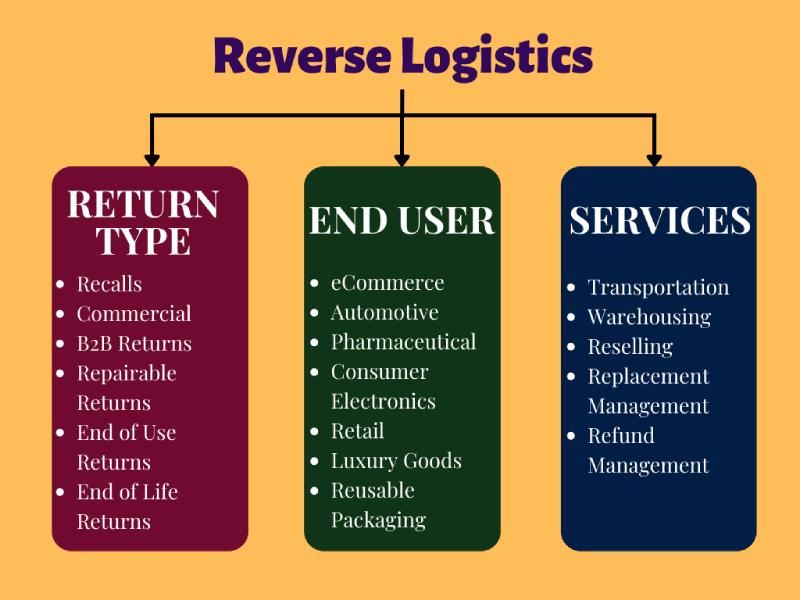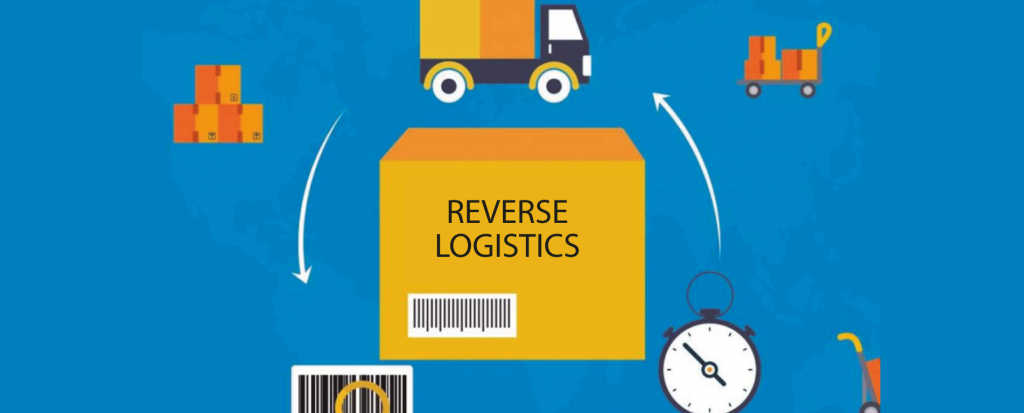Pharmaceutical enterprises must stay ahead of the curve in the dynamic field of pharmaceutical reverse logistics. Innovative trends and technology are emerging to expedite the reverse logistics process as the sector grows and encounters new hurdles. We will examine the newest developments and trends that are expected to revolutionize the pharmaceutical reverse logistics sector in the upcoming years as we delve into the future of this field.

The Revolution in Robotics and Automation
Imagine a time when complex duties like sorting, examining, and repackaging returned pharmaceutical supplies were handled effectively by robots. Reverse logistics is becoming more and more dependent on robotics and automation to improve accuracy and efficiency. Returned goods may be swiftly identified and sorted by sophisticated robotic systems with computer vision and machine learning capabilities, cutting down on processing time and mistake rates. Pharmaceutical firms can increase efficiency, streamline processes, and free up human labor for more complicated and value-added tasks by automating repetitive chores.
Utilizing Blockchain Technology to Increase Transparency
The decentralized and transparent nature of blockchain technology makes it a promising tool for revolutionizing pharmaceutical reverse logistics. Utilizing blockchain technology, businesses can guarantee the authenticity and traceability of returned goods by generating an unchangeable record of each transaction. Through the use of this technology, stakeholders may confirm the chain of custody and make sure that goods are handled throughout the entire reverse logistics process. Furthermore, blockchain can increase patient safety, lower the danger of counterfeiting, facilitate effective recalls, and improve supply chain visibility.

Eco-Friendly and Resilient Projects
Reverse logistics for pharmaceuticals places a high priority on sustainability in this era of heightened environmental awareness. Reverse logistics activities are generating innovations to cut waste and lessen their negative environmental effects. For example, businesses are putting recycling programs in place to get rid of returned goods and packaging in an ethical manner. Reverse Logistics is also adopting sustainable packaging options, like using biodegradable materials, to lessen its carbon footprint. Adopting green initiatives improves customer loyalty and brand reputation, in addition to being in line with corporate social responsibility.
Utilizing AI in Predictive Analytics
By streamlining procedures and predicting demand, artificial intelligence (AI) and predictive analytics have the ability to completely transform reverse logistics. Artificial intelligence (AI) algorithms can predict return patterns, spot possible bottlenecks, and manage inventory levels by evaluating enormous volumes of data. By taking a proactive stance, the likelihood of stockouts or surplus inventory is reduced, which lowers costs and increases customer satisfaction. Predictive analytics enabled by AI also helps businesses recognize patterns, comprehend consumer behavior, and make data-driven decisions that improve operational effectiveness.
Cooperation and Joint Ventures
Partnerships and collaboration will play a bigger role in pharmaceutical reverse logistics in the future. The reverse logistics ecosystem can produce effective and long-lasting solutions by encouraging cooperation between producers, distributors, logistics companies, and healthcare facilities. Processes may be expedited, traceability can be enhanced, and costs can be decreased by sharing data, knowledge, and best practices. The creation of novel technology and solutions to the particular problems of pharmaceutical reverse logistics can also be facilitated by strategic alliances.
Important lessons learned:
1. Reverse logistics operations benefit from increased accuracy and efficiency thanks to robotics and automation.
2. In the process of reverse logistics, blockchain technology guarantees authenticity, traceability, and transparency.
3. Sustainability programs lessen waste and the negative effects of reverse logistics on the environment.
4. Processes are optimized, demand is forecasted, and inventory management is enhanced using AI and predictive analytics.
5. In pharmaceutical reverse logistics, partnerships and collaborations promote sustainability, efficiency, and innovation.

In summary:
There are a lot of exciting new developments and trends in pharmacy reverse logistics that will improve patient safety, sustainability, and efficiency. Key tactics for navigating this dynamic environment include embracing robotics and automation, embracing blockchain technology, putting sustainable practices into place, utilizing AI and predictive analytics, and encouraging teamwork. Pharmaceutical businesses may simplify their reverse logistics operations, cut costs, improve traceability, and ultimately
I hope this article was helpful and for more, checkout our previous blog posts by clicking here

